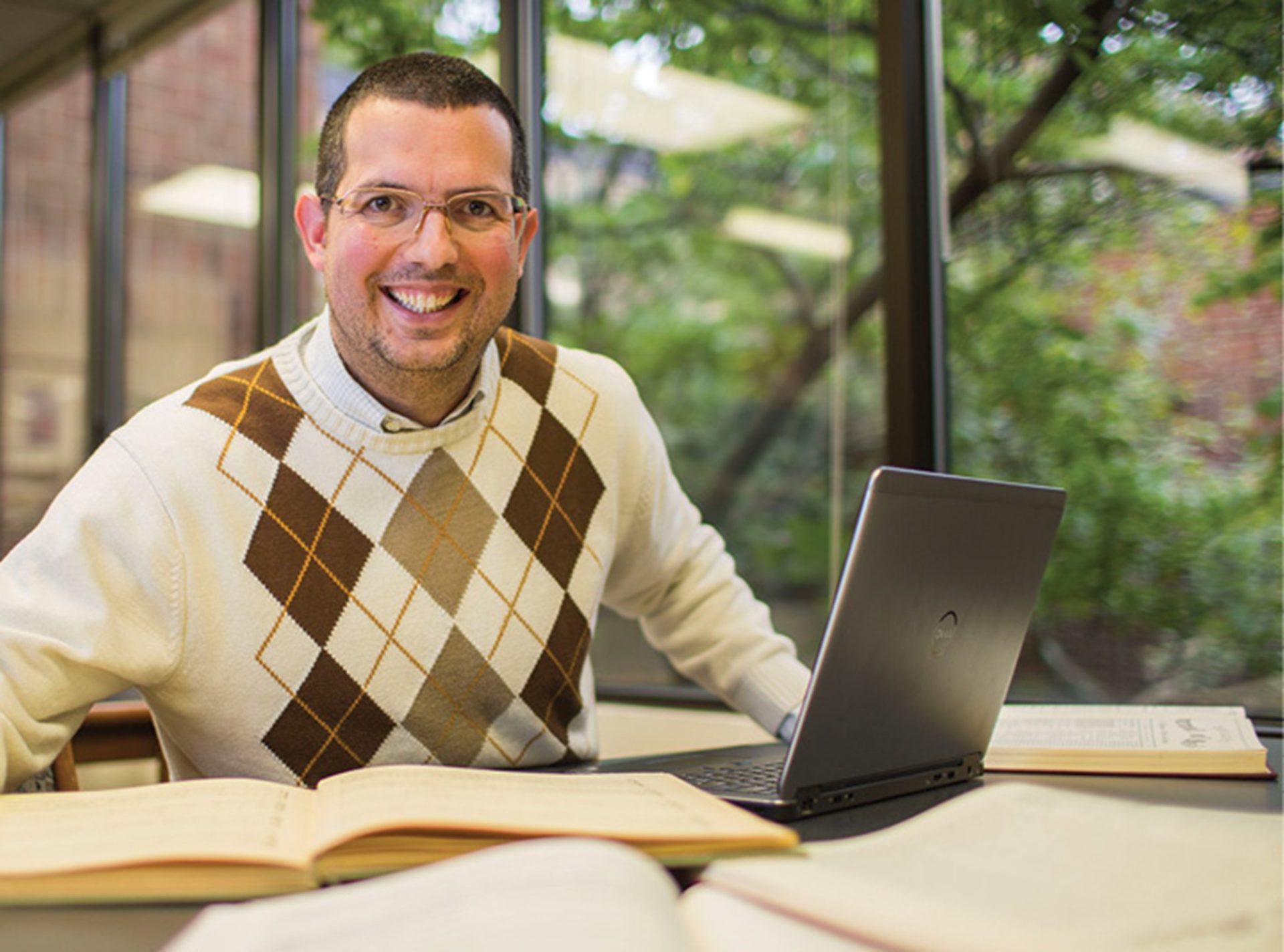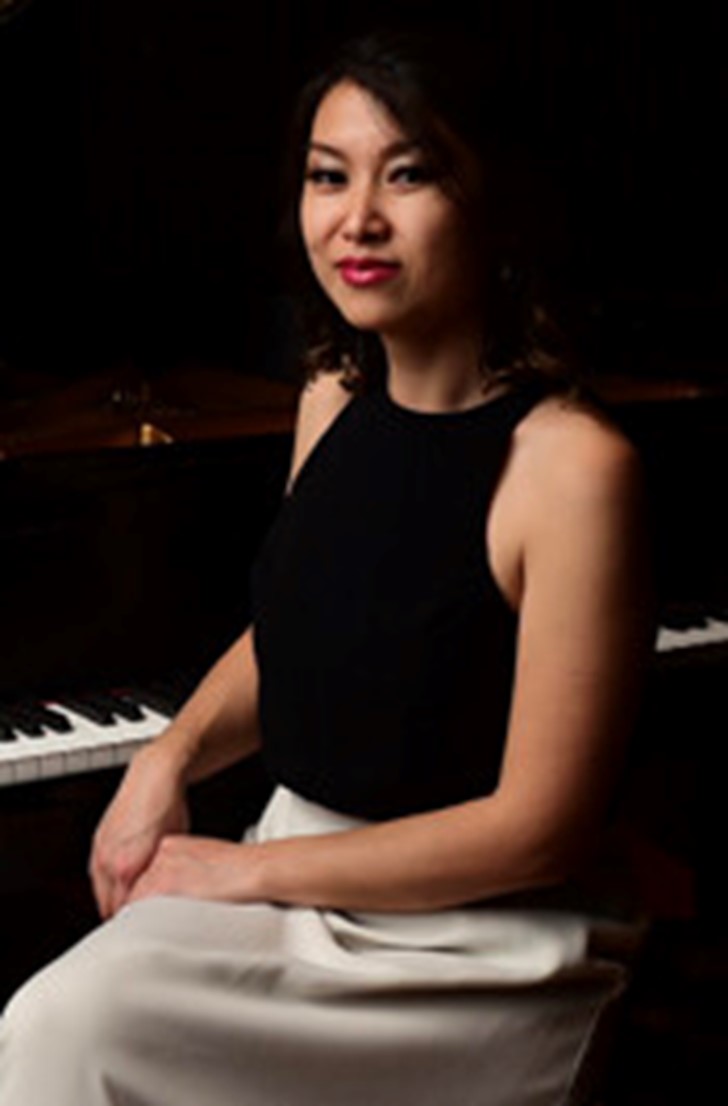at the Blair School of Music
Nashville Scholars and Musicians Celebrate Florence Price
I attended the event Florence Price: A Celebration for Orchestra, November 14, 2023 in Martha Rivers Ingram Hall at the Blair School of Music in Vanderbilt University. The Vanderbilt University Orchestra was under the direction of conductor Dr. Ernesto Estigarribia with featured piano soloist Dr. Susan Yang—both Estigarribia and Yang serve on Vanderbilt’s music faculty. This concert, featuring composer Florence Price’s orchestral works, was part of a month-long—October 3, 2023, through November 14, 2023—tribute concert series dedicated to Price’s monumental career titled Florence Price: A Celebration. (More details of the concert series can be found here). Dr. Douglas Shadle, Musicologist and Associate Professor of Musicology at Vanderbilt, produced this multi-event music festival honoring Price with the help of funding from the National Endowment for the Arts.

Florence Price (1887–1953) was the first African-American woman to attain a prevalent respect and recognition as a symphonic composer, gaining mounting distinction in the 1930s. Her early musical training came from piano lessons with her mother. During her formative training, Price studied music composition at Boston’s New England Conservatory under Wallace Goodrich and Fredrich Shepherd Converse and privately with George Whitefield Chadwick. Fast forward, Price eventually became the first African-American Woman to have any orchestral work performed by a major American orchestra. After her time in Boston, Price spent most of her professional time teaching in the American South—between Little Rock, Arkansas, and Atlanta, Georgia—before getting married. She moved to Chicago with her husband in 1927, presumably to remove themselves from the growing hostility in the Southern US regions toward people of color. However, Price’s relocation was partly an impetus to a period of compositional creativity, and she collaborated with those like Carl Busch, Wesley La Violette, and Arthur Olaf Anderson at the Chicago Musical College. Price’s artistic and professional growth quickly earned her awards and national acclaim, winning first prize in the Wanamaker competition for her Symphony in E Minor in 1932. The next year this symphony was premiered by the Chicago Symphony Orchestra under the baton of Frederick Stock.
Price’s career extends beyond that one incredible milestone, but the strong resonance it created was felt by audiences at Vanderbilt’s November 14th performance. The evening’s program represents the kind of music that Price preferred to write. During his detailed concert notes, which he presented between movements during the concert, Shadle quoted a letter Price wrote to conductor Robert Whitney on April 25, 1953 in which she expressed her love for symphonic composition:
Dear Mr. Whitney, During the last several years, I have been rather busy at writing “commercially”—that is—the publishers ask me for such music as have sales-appeal in the teaching field. I have recently decided to give more time to the writing of the kind of music which lies closest to my heart and already have been fortunate enough to win a number of composition contests and hear manuscripts performed, among which was the TV performances a few weeks ago of a group of pieces of mind performed by the Chicago Symphony Chamber Orchestra on their program of American Music.[1]

The works featured in this concert only came to light years after Price’s passing in 1953. Shadle described how several of Price’s lost and unpublished manuscripts were discovered in 2009 inside an abandoned and dilapidated house on the outskirts of St. Anne, Illinois. Also discovered in this house were several of Price’s books and personal papers which were all eventually sent to the Florence Beatrice Smith Price Collection archive at the University of Arkansas in Fayetteville. By 2015, Price’s orchestral music was performed in many parts of the United States and worldwide.
One might ask, Why would this almost-destroyed collection of work be subject to such neglect? In the New Yorker, Shadle pointed out how the classical music canon was (and is) “rooted in ‘conscious selection performed by individuals in positions of power.’” (The topic of Price’s position in the classical canon, and programming her pieces in contemporary performance has also been discussed in the pages of MCR here). A large portion of Price’s legacy could have perished in that St. Anne house. Other tangible evidence of such neglect is found in a series of letters from 1943, also given in that article from the New Yorker, that Price wrote to Serge Koussevitzky the Music Director of the Boston Symphony Orchestra:
“My dear Dr. Koussevitzky, To begin with I have two handicaps—those of sex and race. I am a woman; and I have some Negro blood in my veins.”
Price was clearly aware of how the intersection of her sex and race was an obstacle within powerful Euro-centric music circles, however, Shadle further shed light on how Price was not naïve in her communication. During his lecture he argued:
It’s easy to read the 1943 Koussevitzky letter as a generic plea for attention, but we have to read it with two other pieces of context in mind. First, when she says that she has had trouble getting the attention of East Coast conductors, she is obliquely referring to him; she had sent him a letter two years earlier [1941] essentially asking him [Koussevitzky] the same questions about reviewing her scores. He never replied. Second, now that the United States was in the middle of World War II, Koussevitzky had publicly called on classical music ensembles to support American composers. The 1943 letters represent Price’s answer to that call, rather than a random inquiry. With those two pieces of context, I [Shadle] think we can see Price engaging in some clever gamesmanship with Koussevitzky.[2]
I first heard Price’s orchestral works at Vanderbilt’s November 14th concert. Rich, beautiful, and anachronistic—dare I say, Wagnerian. The first piece performed was a tone poem titled The Oak. Low-voiced strings begin with the piece’s returning motivic figure of a descending minor second (A–G#) followed by an augmented second (G#–F). This combination of notes creates a downward, ominous-sounding musical gesture. As this descending motif continues, the upper voices begin to gradually move upward, all fused together by dissonant and chromatic harmonies. Typical of orchestral music in Romantic and post-Romantic styles, The Oak sounds cinematic, leading audiences through a sonically driven series of emotions and mental images. Halfway through, a few tinges of jazz harmony rise through the texture during transitional moments. The ending Allegro section develops the descending, three-note motive into multiple repetitions of ascending sequences before a dramatic finish.

Second on the program was Price’s Piano Concerto in One Movement, featuring piano soloist Susan Yang. Though the concerto’s three movements are attaca, or without pause, each section has its own distinct characteristics. The first section generally uses a late-Romantic style, but the primary thematic material draws from the sound of African-American spirituals. Yang exquisitely introduced the thematic material in the piece’s opening section, and fragments of the pentatonic-melodic theme were thoroughly developed throughout the first movement.
The slower second movement elicits a deeper reverent and spiritual essence that Yang conveyed beautifully, taking her time through the more introspective moments at important transitions. A highlight for me was at the end of the introduction, where a surprise plagal function by the piano—like the “A-Men” chords at the end of hymns—at measure 230 after a sustained dominant—instead of the expected V–I function—which fortified an even more secure sonic evocation of the piece’s spiritual resonances. Another highlight of the second movement was how Price created an interplay between the piano and solo instruments and smaller instrumental groups, showcasing the orchestra’s diverse timbral pallet.
In the concerto’s third and last section, Price took inspiration from the juba dance, a Nineteenth-century African American dance performed by enslaved African people. Juba dance involves what is called “patting juba,” or the slapping of one’s hands, legs, and body, generating music. Juba dance is also known as “Hambone.” The many syncopated—short-long-short—rhythms create a cake-walk or ragtime feel. The lively and charming melody, led by Yang on the piano, is supported by various consorted instrumental groups before culminating in the piece’s overwhelmingly exciting last forty-six seconds.
The final piece on the concert, Ethiopia’s Shadow in America, is another tone poem that belongs to Price’s earlier collection of orchestral works. The large form of Ethiopia’s Shadow is very much like The Oak—an opening section with a heavily developed theme is followed by a slower and reverent movement before a more brilliant conclusion—but Ethiopia was composed with more transparently programmatic sense. Shadle described how Price included in its manuscript an intended narrative portrayal of each movement: “I—The Arrival of the Negro in America when first brought here as a slave. II—Hist Resignation and Faith. III—His Adaptation, A fusion of his native and acquired impulses.”[3]
In all, the concert and festival was well done! And thank you, Dr. Estigarribia, the Vanderbilt University Orchestra, and Dr. Yang, for such an incredible performance of this vital music. Special appreciation is given to Dr. Shadle for his time, interest, and conviction in leading this presentation of Price’s music to us here in Nashville—we are all fortunate to have had this experience. Look for a biography of Price from Shadle and musicologist and pianist Samantha Ege, soon to be published in the Master Musician Series by Oxford University Press.
[1] In addition to Shadle’s talk during the November 14th concert, the account of lost manuscripts is found in: Alex Ross, “The Rediscovery of Florence Price: How an African-American Composer’s Works Were Save from Destruction,” The New Yorker (January 29, 2018), Accessed: December 4, 2023. https://www.newyorker.com/magazine/2018/02/05/the-rediscovery-of-florence-price.
[2] Shadle’s words from follow-up correspondence we had after the evening’s performance. The discussion was included in Shadle narration during the November 14th concert.
[3] From Shadle’s talk at the November 14th concert and reiterated in: Shadle, Douglas, “Ethiopia’s Shadow in America,” Boston Symphony Orchestra, Accessed: December 2, 2023. https://www.bso.org/works/ethiopias-shadow-in-america.



